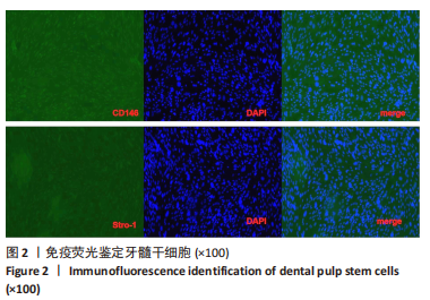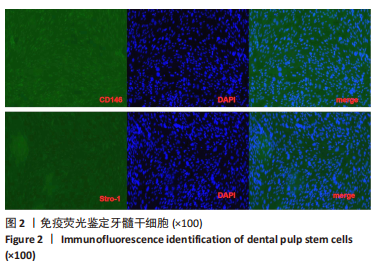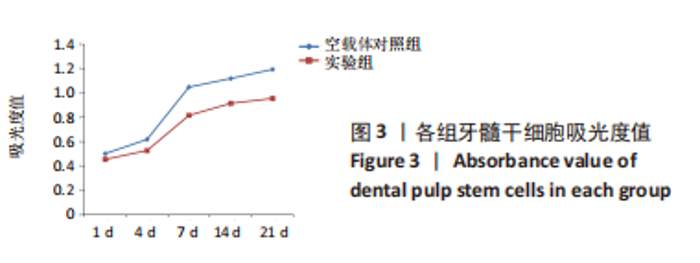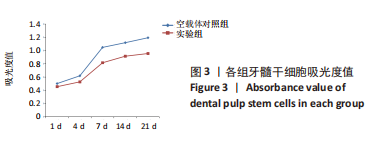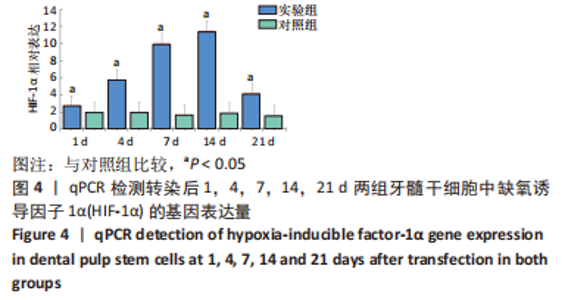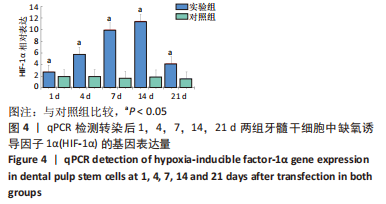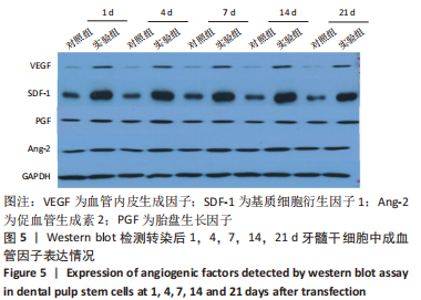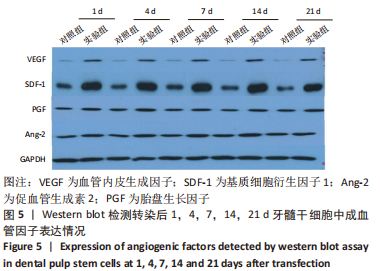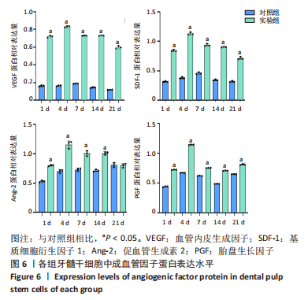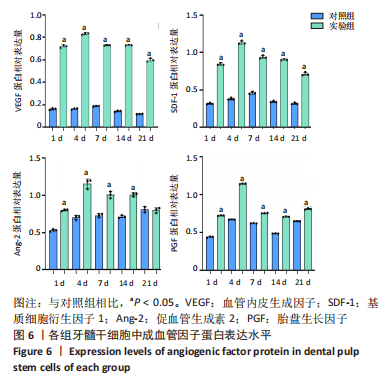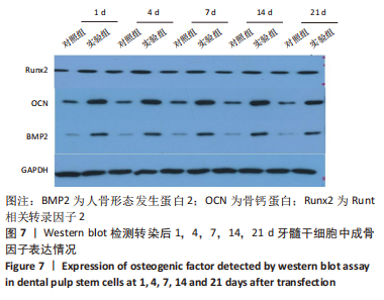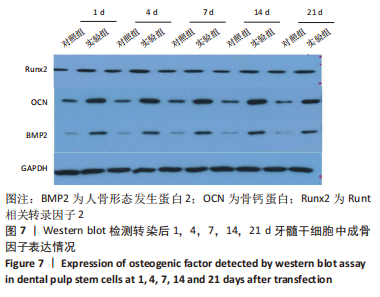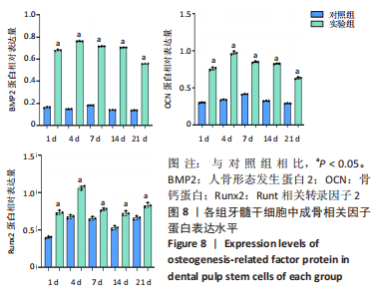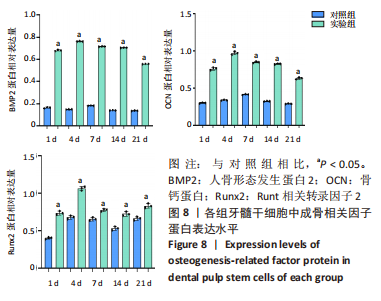[1] LO SC, LI KC, CHANG YH, et al. Enhanced critical-size calvarial bone healing by ASCs engineered with Cre/loxP-based hybrid baculovirus. Biomaterials. 2017;124:1-11.
[2] LEE JW, HAN HS, HAN KJ, et al. Long-term clinical study and multiscale analysis of in vivo biodegradation mechanism of Mg alloy. Proc Natl Acad Sci U S A. 2016;113(3):716-721.
[3] KE Q, Costa M. Hypoxia-inducible factor-1 (HIF-1). Mol Pharmacol. 2006;70(5):1469-1480.
[4] 王超,丰育功.HIF-1α及其下游基因VEGF-A和MMP-9在血管源性脑水肿中的作用机制[J].中国临床神经外科杂志,2021,26(9):732-734.
[5] CHEN JX, STINNETT A. Ang-1 gene therapy inhibits hypoxia-inducible factor-1alpha (HIF-1alpha)-prolyl-4-hydroxylase-2, stabilizes HIF-1alpha expression, and normalizes immature vasculature in db/db mice. Diabetes. 2008;57(12):3335-3343.
[6] YAMANAKA S. Pluripotent Stem Cell-Based Cell Therapy-Promise and Challenges. Cell Stem Cell. 2020;27(4):523-531.
[7] COULY GF, COLTEY PM, LE DOUARIN NM. The triple origin of skull in higher vertebrates: a study in quail-chick chimeras. Development. 1993;117(2):409-429.
[8] XIE C, YE J, LIANG R, et al. Advanced Strategies of Biomimetic Tissue-Engineered Grafts for Bone Regeneration. Adv Healthc Mater. 2021; 10(14):e2100408.
[9] KANNAN RY, SALACINSKI HJ, SALES K, et al. The roles of tissue engineering and vascularisation in the development of micro-vascular networks: a review. Biomaterials. 2005;26(14):1857-1875.
[10] MAO X, ZHAO S. Neuronal Differentiation from Mouse Embryonic Stem Cells In vitro. J Vis Exp. 2020;(160). doi: 10.3791/61190.
[11] FERREIRA MJS, MANCINI FE, HUMPHREYS PA, et al. Pluripotent stem cells for skeletal tissue engineering. Crit Rev Biotechnol. 2022;42(5): 774-793.
[12] YAMADA Y, NAKAMURA-YAMADA S, KUSANO K, et al. Clinical Potential and Current Progress of Dental Pulp Stem Cells for Various Systemic Diseases in Regenerative Medicine: A Concise Review. Int J Mol Sci. 2019;20(5):1132.
[13] ZHANG L, JIAO G, REN S, et al. Exosomes from bone marrow mesenchymal stem cells enhance fracture healing through the promotion of osteogenesis and angiogenesis in a rat model of nonunion. Stem Cell Res Ther. 2020;11(1):38.
[14] MEIRELLES LDA S, FONTES AM, COVAS DT, et al. Mechanisms involved in the therapeutic properties of mesenchymal stem cells. Cytokine Growth Factor Rev. 2009;20(5-6):419-427.
[15] ARTHUR A, RYCHKOV G, SHI S, et al. Adult human dental pulp stem cells differentiate toward functionally active neurons under appropriate environmental cues. Stem Cells. 2008;26(7):1787-1795.
[16] LIU J, YU F, SUN Y, et al. Concise reviews: Characteristics and potential applications of human dental tissue-derived mesenchymal stem cells. Stem Cells. 2015;33(3):627-638.
[17] 段红霞,熊朝亮,景林,等.CD146三十年研究的回顾与展望[J].中国科学:生命科学,2020,50(12):1339-1387.
[18] MATTEI V, SANTACROCE C, TASCIOTTI V, et al. Role of lipid rafts in neuronal differentiation of dental pulp-derived stem cells. Exp Cell Res. 2015;339(2):231-240.
[19] HUANG GT, GRONTHOS S, SHI S. Mesenchymal stem cells derived from dental tissues vs. those from other sources: their biology and role in regenerative medicine. J Dent Res. 2009;88(9):792-806.
[20] SEO BM, MIURA M, GRONTHOS S, et al. Investigation of multipotent postnatal stem cells from human periodontal ligament. Lancet. 2004; 364(9429):149-155.
[21] SEMENZA GL. HIF-1 and mechanisms of hypoxia sensing. Curr Opin Cell Biol. 2001;13(2):167-171.
[22] OTAKI S, UESHIMA S, SHIRAISHI K, et al. Mesenchymal progenitor cells in adult human dental pulp and their ability to form bone when transplanted into immunocompromised mice. Cell Biol Int. 2007; 31(10):1191-1197.
[23] ZOU D, ZHANG Z, HE J, et al. Blood vessel formation in the tissue-engineered bone with the constitutively active form of HIF-1α mediated BMSCs. Biomaterials. 2012;33(7):2097-2108.
[24] 王舸,谢利,田卫东.牙髓再生中促进血管化策略的新进展[J].中国组织工程研究,2022,26(30):4904-4911.
[25] RATAJCZAK J, BRONCKAERS A, DILLEN Y, et al. The Neurovascular Properties of Dental Stem Cells and Their Importance in Dental Tissue Engineering. Stem Cells Int. 2016;2016:9762871.
[26] 封静义.白介素-35促进牙髓干细胞骨向分化的体外实验研究[D].沈阳:中国医科大学,2020.
[27] MA QL, FANG L, JIANG N, et al. Bone mesenchymal stem cell secretion of sRANKL/OPG/M-CSF in response to macrophage-mediated inflammatory response influences osteogenesis on nanostructured Ti surfaces. Biomaterials. 2018;154:234-247.
[28] ZHANG D, LV FL, WANG GH. Effects of HIF-1α on diabetic retinopathy angiogenesis and VEGF expression. Eur Rev Med Pharmacol Sci. 2018; 22(16):5071-5076.
[29] CUI CP, WONG CC, KAI AK, et al. SENP1 promotes hypoxia-induced cancer stemness by HIF-1α deSUMOylation and SENP1/HIF-1α positive feedback loop. Gut. 2017;66(12):2149-2159.
[30] 邓立方,朱友明,王银龙.HIF-1α基因介导的牙髓干细胞在体外的成血管作用[J].安徽医科大学学报,2016,51(8):1120-1124.
|


